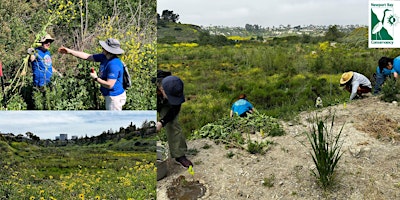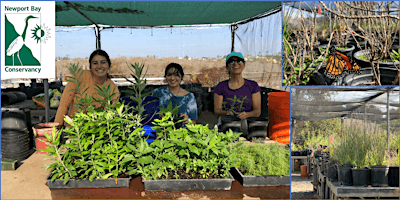Written by Terri Kueny, NBC Naturalist 2019
Those reddish bumps are called “galls”, They are abnormal outgrowths of plant tissues, shown in the photo below, and are actually very common. In this case, it is the Willow Apple Gall Sawfly that causes the reddish galls found on the willow tree’s leaves. Sawflies are in the same category as ants, bees, and wasps. Sometimes they are referred to as stingless wasps. Sawflies are named for the saw-like appearance of their ovipositor, a tube-like organ used for laying eggs. The female will saw into the willow’s leaf and deposit her eggs. The irritation to the leaf causes an increase in plant growth hormones resulting in the abnormal growth or gall. The gall then becomes a protective habitat and food source for the sawfly larva when they hatch.
 The species of sawflies number in the thousands because they are specialist feeders, i.e. each species has a preferred host plant. However, they all go through the four stages of complete metamorphosis – egg, larva, pupa, adult. What’s unique about the sawfly is that the adult may live less than a week while the complete metamorphosis may take from a couple of months to a couple of years depending on the species!
The species of sawflies number in the thousands because they are specialist feeders, i.e. each species has a preferred host plant. However, they all go through the four stages of complete metamorphosis – egg, larva, pupa, adult. What’s unique about the sawfly is that the adult may live less than a week while the complete metamorphosis may take from a couple of months to a couple of years depending on the species!
Next time you are walking past willow trees in the Bay, see if you can spot any galls on the leaves.









